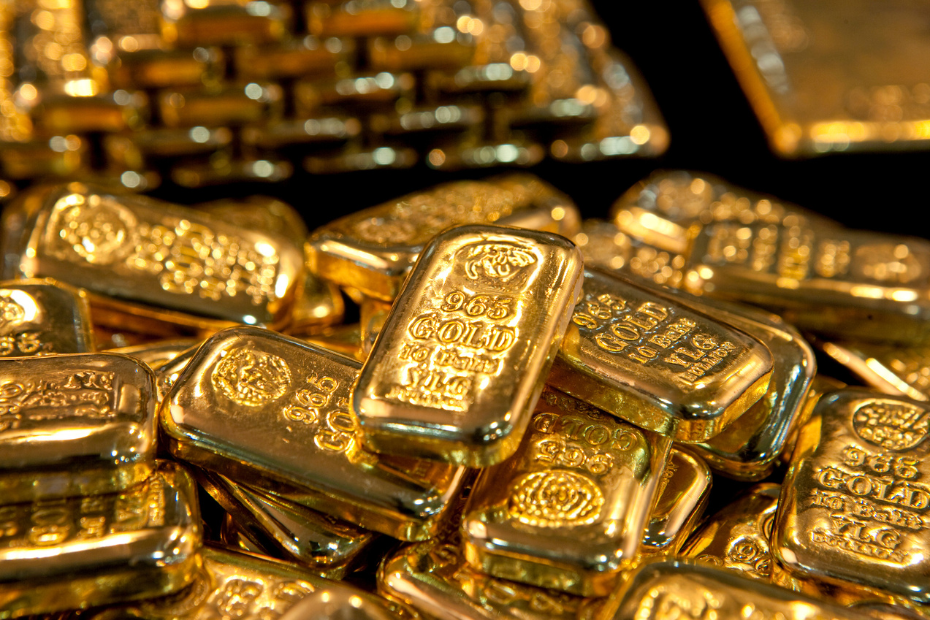
Image: Getty Images/ For illustrative purposes
Gold surged 26 per cent in the first half of 2025, notching 26 all-time highs and outperforming major asset classes as investors flocked to the safe-haven metal amid a weaker US dollar, stagnant bond yields, and mounting geopolitical tensions, according to the World Gold Council’s (WGC) mid-year outlook released Tuesday.
The WGC report, titled “Downhill or Second Wind?”, explores whether gold has peaked or still has room to run in the second half of the year. It projects that gold could rise a further 0 per cent to 5 per cent under current consensus expectations.
However, deteriorating macroeconomic conditions, including stagflation or recession, could drive gold prices up another 10 per cent to 15 per cent, while widespread conflict resolution may lead to a 12 per cent to 17 per cent decline.
“Gold has continued its record-setting pace, rising across all major currencies, and showing remarkable strength in the face of a volatile global backdrop,” the WGC report stated.
Strong demand, ETF flows
H1 2025 saw average daily gold trading volumes reach a record $329bn, bolstered by robust over-the-counter activity, exchange-based trading, and renewed inflows into gold-backed ETFs. Global ETF assets under management surged 41 per cent to $383bn, with holdings rising by 397 tonnes to 3,616 tonnes – the highest since August 2022.
Central banks maintained strong buying momentum, though slightly below record levels, continuing the trend of diversification away from U.S. dollar holdings. The WGC’s attribution model indicates that opportunity cost factors, such as a weakening dollar and stagnant yields, contributed 7 per cent to gold’s return, while risk and uncertainty added 4 per cent.
Dollar falters, gold gains
The US dollar posted its worst start to a year since 1973, reflecting global concerns over US trade policies and political leadership. US Treasuries, long considered safe-haven assets, saw declining demand in April as volatility drove investors toward gold.
“Trade-related geopolitical risks played a large role, not just directly, but by fuelling moves in the dollar, interest rates, and broader market volatility – all of which fed into gold’s appeal,” the report noted.
H2 scenarios: range-bound or breakout?
Consensus forecasts suggest below-trend global growth and persistently high inflation in the second half, with US CPI expected to reach 2.9 per cent.
The Federal Reserve is anticipated to cut interest rates by 50 basis points by year-end. Under this base case, gold is expected to consolidate with potential modest gains.
The WGC warns that more severe scenarios – such as intensified stagflation, recession fears, or escalated geopolitical tensions – could prompt a stronger rally. Conversely, a return to economic stability and easing geopolitical risks could lead to reduced investment flows into gold and a steeper pullback.
Even in a bearish scenario, however, the WGC sees $3,000/oz as a natural support level, noting that lower prices could revive consumer demand and discourage recycling.
Outlook: Structurally resilient
While the report acknowledges the unpredictable nature of the global macro environment, it concludes that gold remains well-positioned as a strategic asset.
“Given the intrinsic limitations of forecasting the global economy, we believe gold – through its fundamentals – remains well positioned to support tactical and strategic investment decisions in the current macro landscape,” it said.
At the end of June, gold stood at $3,287/oz, with a record high of $3,434 reached on June 13.

